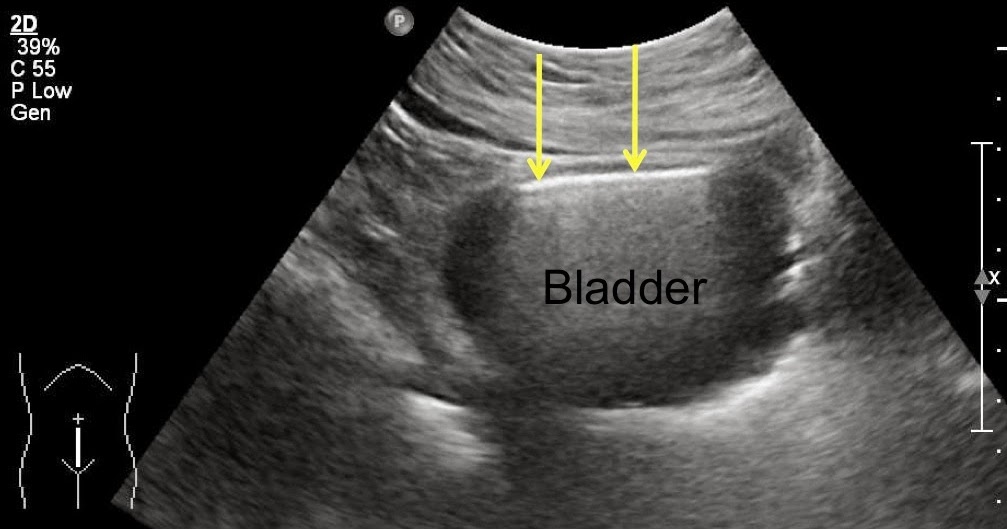A bladder infection, also known as cystitis, is a common condition that affects millions of people worldwide. While it is more prevalent in women, men and children can also experience this uncomfortable ailment. Understanding the causes, recognizing the symptoms, and knowing the available treatments can help manage and prevent this condition effectively. Let’s delve deeper into what bladder infections are, why they occur, how to identify them, and the various ways to treat and prevent them.

What Is a Bladder Infection?
A bladder infection is a type of urinary tract infection that primarily affects the bladder. It occurs when bacteria enter the urinary tract and multiply, leading to inflammation and irritation of the bladder lining. If left untreated, the infection can spread to other parts of the urinary system, including the kidneys, causing more severe health issues.
Common Causes of Bladder Infections
Bladder infections are typically caused by bacteria entering the urinary tract. Below are some of the most common causes:
- Bacterial Entry: The primary cause of bladder infections is the presence of harmful bacteria, most commonly Escherichia coli, which normally resides in the gastrointestinal tract. These bacteria can enter the urethra and travel up to the bladder.
- Poor Hygiene Practices: Improper wiping after using the toilet, especially from back to front, can introduce bacteria from the rectal area into the urethra.
- Sexual Activity: Sexual intercourse can sometimes push bacteria into the urethra, increasing the risk of infection.
- Weakened Immune System: A compromised immune system can make it harder for the body to fight off bacterial infections, making individuals more susceptible to bladder infections.
- Hormonal Changes: Women who are pregnant or going through menopause may experience changes in hormone levels, which can affect the urinary tract and increase the risk of infection.
- Urinary Tract Abnormalities: Structural abnormalities in the urinary tract, such as blockages or obstructions, can make it difficult for urine to flow properly, creating an environment where bacteria can thrive.
- Use of Certain Products: Spermicides, diaphragms, and other contraceptive methods can irritate the urinary tract and increase the likelihood of infection.
Symptoms of Bladder Infections
The symptoms of a bladder infection can vary depending on the severity of the infection. However, there are several common signs to watch out for:
- Frequent Urination: A strong, persistent urge to urinate, even when the bladder is not full.
- Burning Sensation: A painful or burning feeling during urination.
- Cloudy or Strong-Smelling Urine: Urine may appear cloudy or have a strong, unpleasant odor.
- Blood in Urine: In some cases, blood may be present in the urine, giving it a pinkish or reddish tint.
- Pelvic Discomfort: Pain or pressure in the lower abdomen or pelvic area.
- Fever or Chills: While less common, fever or chills may indicate that the infection has spread to the kidneys.
If you experience any of these symptoms, it is important to seek medical attention promptly to prevent complications.
Diagnosing Bladder Infections
To diagnose a bladder infection, healthcare providers typically perform a series of tests to confirm the presence of bacteria and rule out other potential conditions. These diagnostic steps may include:
Urine Analysis
A urine sample is collected and analyzed for the presence of bacteria, white blood cells, and red blood cells. High levels of these components can indicate an infection.
Urine Culture
In some cases, a urine culture may be performed to identify the specific type of bacteria causing the infection. This helps determine the most effective antibiotic treatment.
Imaging Tests
If recurrent infections occur or if there is suspicion of structural abnormalities, imaging tests such as ultrasounds or CT scans may be recommended to examine the urinary tract.
Treatment Options for Bladder Infections
Once a bladder infection is diagnosed, treatment typically involves addressing the underlying bacterial infection. The following treatment options are commonly used:
Antibiotics
Antibiotics are the most common and effective treatment for bladder infections. The choice of antibiotic depends on the type of bacteria causing the infection and the patient’s medical history. Commonly prescribed antibiotics include:
- Trimethoprim-sulfamethoxazole
- Nitrofurantoin
- Fosfomycin
- Cephalexin
It is crucial to complete the full course of antibiotics as prescribed, even if symptoms improve before finishing the medication. Stopping early can lead to antibiotic resistance and recurring infections.
Pain Relief Medications
Over-the-counter pain relief medications, such as phenazopyridine, can help alleviate discomfort and burning sensations during urination. However, these medications only address symptoms and do not treat the underlying infection.
Increased Fluid Intake
Drinking plenty of water helps flush bacteria out of the urinary tract. Staying well-hydrated is an essential part of managing and preventing bladder infections.
Probiotics
Probiotics, which are beneficial bacteria found in certain foods and supplements, can help restore the natural balance of bacteria in the body. They may reduce the risk of recurring infections, particularly in women.
Preventing Bladder Infections
While bladder infections are common, there are several preventive measures that can significantly reduce the risk of developing one. Consider incorporating the following habits into your daily routine:
Maintain Good Hygiene
Practicing proper hygiene is one of the simplest ways to prevent bladder infections. Always wipe from front to back after using the toilet to avoid introducing bacteria into the urethra.
Stay Hydrated
Drinking plenty of water throughout the day helps keep the urinary tract flushed and reduces the likelihood of bacterial buildup.
Urinate Regularly
Avoid holding urine for extended periods. Emptying the bladder frequently prevents bacteria from multiplying and causing an infection.
Wear Breathable Underwear
Opt for cotton underwear and avoid tight-fitting clothing, as these allow for better air circulation and reduce moisture, which can promote bacterial growth.
Practice Safe Sexual Habits
Urinating before and after sexual activity can help flush out bacteria that may have entered the urethra. Additionally, consider avoiding spermicides and diaphragms if they seem to trigger infections.
Incorporate Cranberry Products
Some studies suggest that cranberry juice or supplements may help prevent bladder infections by preventing bacteria from adhering to the bladder walls. However, more research is needed to confirm their effectiveness.
When to Seek Medical Attention
While mild bladder infections can sometimes resolve on their own, it is important to seek medical attention if symptoms persist or worsen. Prompt treatment is especially critical if you experience any of the following:
- High fever or chills
- Severe pain in the lower back or sides
- Nausea or vomiting
- Confusion or mental changes (particularly in older adults)
These symptoms may indicate that the infection has progressed to the kidneys, requiring immediate medical intervention.
Special Considerations for Recurrent Bladder Infections
Some individuals experience recurrent bladder infections, defined as having two or more infections within six months or three or more within a year. In such cases, additional evaluation and treatment strategies may be necessary:
Low-Dose Antibiotics
For individuals with frequent infections, healthcare providers may prescribe low-dose antibiotics to be taken daily for an extended period to prevent recurrence.
Post-Coital Antibiotics
In cases where infections are linked to sexual activity, taking a single dose of antibiotics after intercourse may help prevent future episodes.
Vaginal Estrogen Therapy
For postmenopausal women, vaginal estrogen therapy may help restore hormonal balance and reduce the risk of infections.
Understanding the Impact of Bladder Infections
Bladder infections can significantly impact quality of life, causing discomfort, inconvenience, and anxiety. By understanding the causes, recognizing the symptoms, and adopting preventive measures, individuals can take control of their urinary health and minimize the risk of infection.





